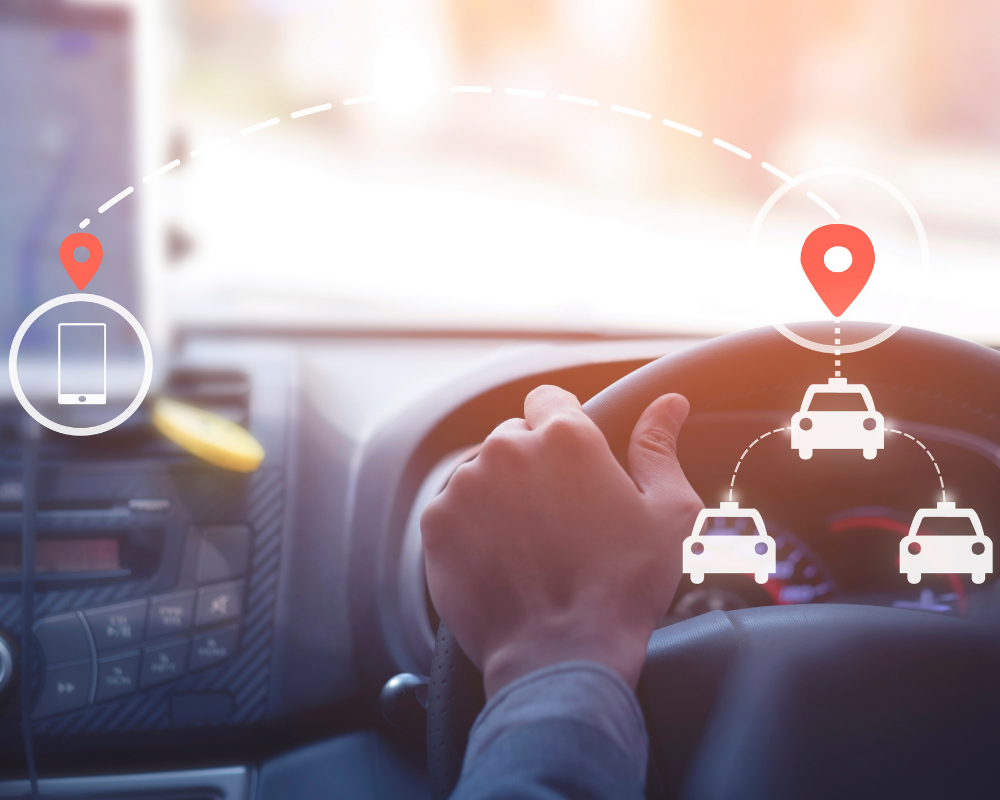- Who We Are
- What We Do
- Success Stories
- Careers
- News & Events
- Contact us
Recent trends have shown that car insurance premiums are set to increase over the next few years. This has created a demand for technological innovations that can reduce the cost of coverage. One specific development that has seen increasing use and success is telematics.

What is telematics?
Telematics refers to combining telecommunications with vehicle technology to get a detailed look at an individual’s driving habits and behaviors. With the help of a GPS system and an on-board diagnostics system, it is possible to keep track of a driver’s location in real-time, the speeds at which the vehicle is being driven, and other important information about a person’s driving skills.
All this data is gathered through a little black box installed into a vehicle for an additional fee. It is also possible to record this data through various plug-and-play apps and insurance software.
How does this relate to insurance?
Telematics can give insurance providers a more accurate assessment of an insurance agreement’s financial risk. Telematics or usage-based insurance (UBI) can create a pay-as-you-drive system that is growing in popularity all around the world. It is even predicted that the UBI industry will grow by a startling 36.4 % from 2016 to 2022.
How you accelerate, how often you brake, your turning speeds, how correctly you use your turn indicators can all be recorded through insurance software. The better your driving habits, the more you will be rewarded for your efforts. If you have a low-risk profile, you will have access to low-cost options.
The revenue potential
The capacity to make more informed decisions about risk in financial agreements is priceless for any business in the financial industry, but few more so than car insurance. Insurance software solutions such as these could create US$1.5 trillion in future revenue for automakers alone.
The beauty of this is that it opens plenty of opportunities for insurers and drivers alike. It could give better drivers access to better policies at better prices while allowing insurance companies to reduce their payouts. These reduced costs and increased profits are nothing but healthy for any financial institution and any individual.
The concern of data and privacy
Over 40% of vehicles in Europe now have some form of telematics system installed. This collection of sensitive data en masse creates a few concerns. While it might be subject to data protection laws, insurers still need to follow relevant compliance procedures and regulations for all data that isn’t anonymised.
In the UK, the Association of British Insurers (ABI) has stated that companies need to have the consent of all named drivers on a telematics policy before personal data can be collected. This means that shared vehicles will likely involve more complex data gathering methods, and therefore more complex insurance policies.
Final thoughts
Statistics have shown that over 70% of light-duty vehicles will be connected to the internet by 2030. That makes insurance software solutions like telematics and UBI essential considerations, and not just another trend or fad. It is set to revolutionise the industry in so many ways that it is important to get ahead of it while you can.
Look into the insurance software solutions as provided by us at Informatics. We are a pioneer in IT software, infrastructure solutions, and a wide range of services for nearly every industry.
Written by Daniele Paoletti
